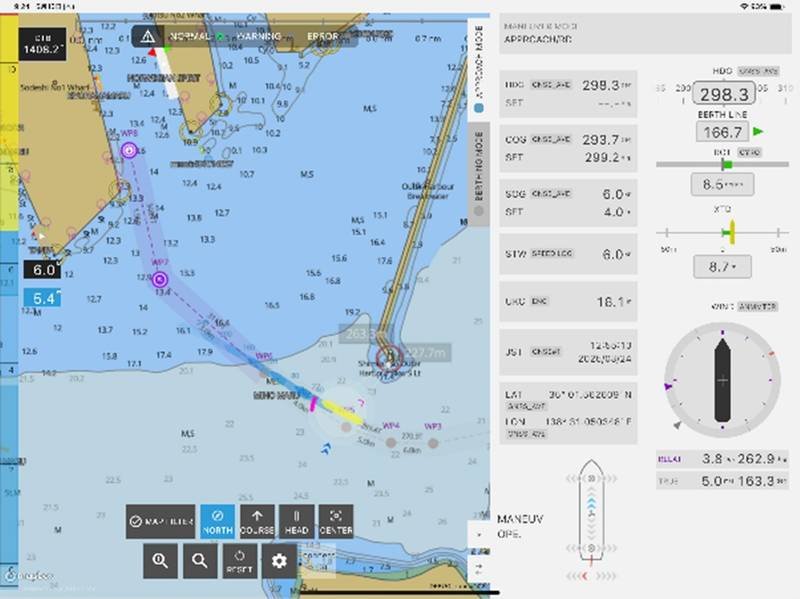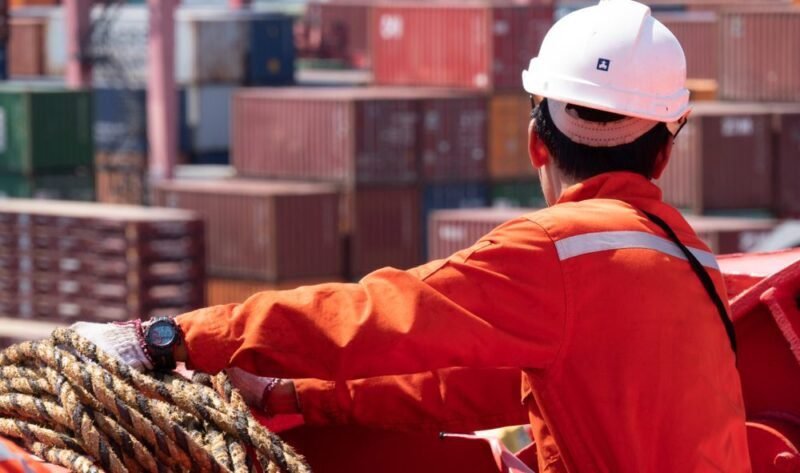The Maryland Transportation Authority recently completed a study on the survivability of the Chesapeake Bay Bridge in the event of a ship strike. The study revealed that the piers of the bridge require additional protection to meet modern safety standards. This assessment was prompted by the collapse of the Francis Scott Key Bridge in Baltimore due to a ship strike, resulting in six fatalities and billions of dollars in replacement costs.
Following the Key Bridge incident, the National Transportation Safety Board (NTSB) called on 30 bridge authorities to conduct safety assessments on vulnerable spans across the country. MDTA, the owner of the Key Bridge, was singled out by NTSB for not completing an assessment on the nearby Chesapeake Bay Bridge. However, MDTA has now completed the review, determining that the pier bases need reinforcement with additional fenders and dolphins to prevent ship strikes.
In response to the findings, MDTA has proposed shorter-term risk reduction strategies such as new communication protocols for vessel pilots, reduced vessel speeds, and one-way transits. The estimated cost of the pier protection program is around $160 million, though MDTA emphasized that this investment is voluntary. The agency also noted that the current infrastructure upgrades could be incorporated into future bridge replacement projects for the Bay Bridge’s twin spans.


















